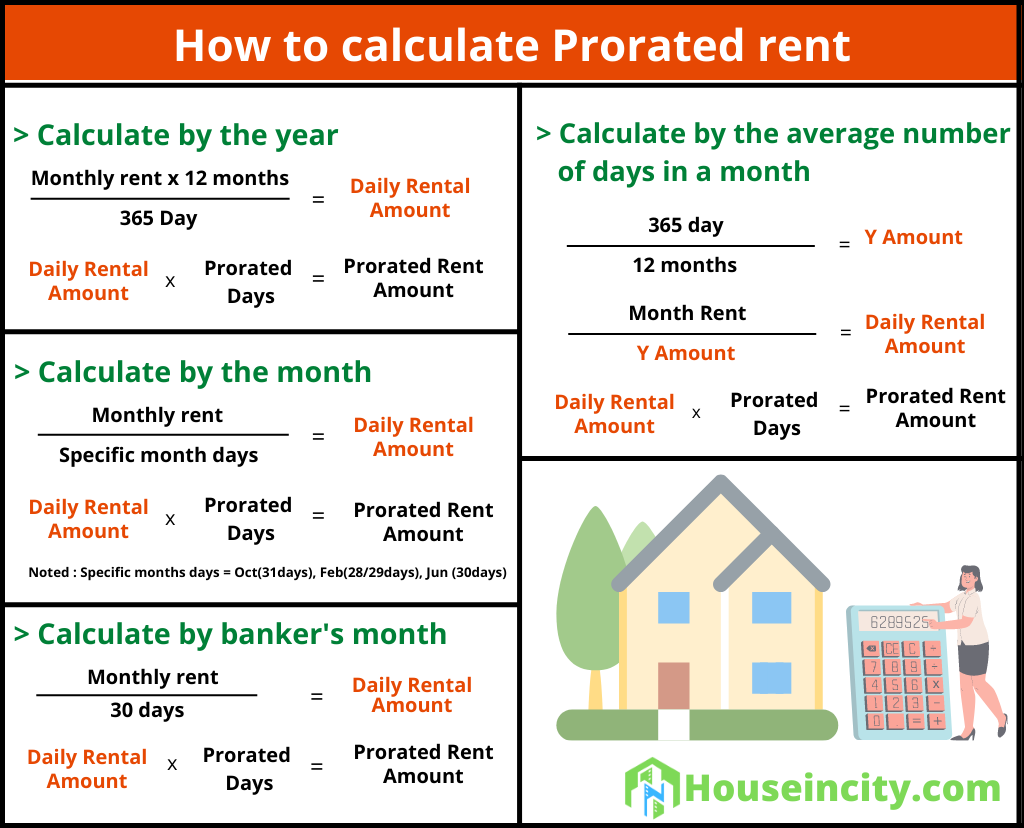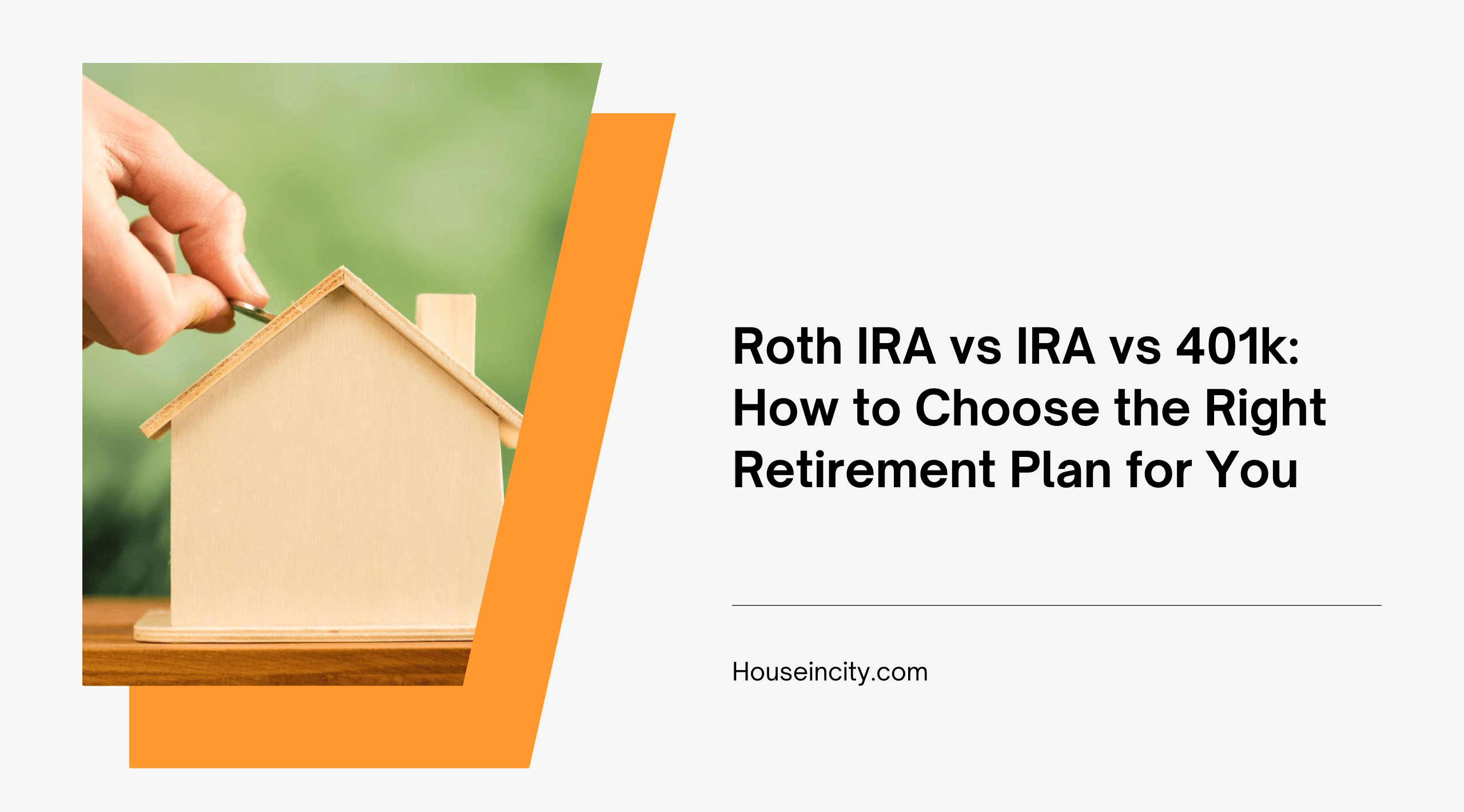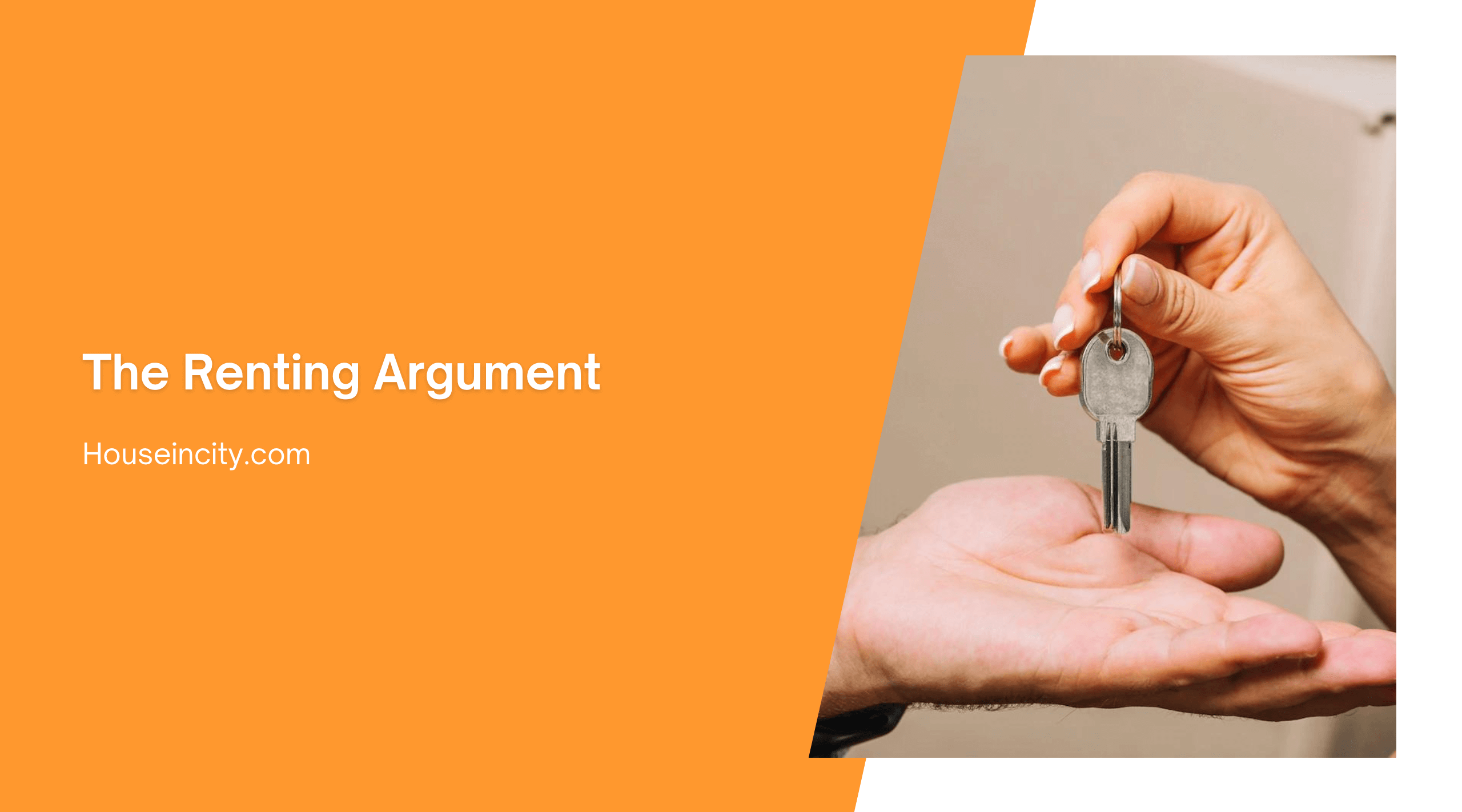In a perfect scenario, moving into your rental unit on the first day of the month and leaving on the last day of the month seems to be the perfect timeline. However, life may not always bend down to fit the calendar dates. Unforeseen happenings come your way, and you may end up delaying your move-in or move-out date even before the lease time is up.
At times, finding an apartment that meets all your criteria can take time, and once you find the perfect one, you may want to move in as soon as possible. In such cases, the move-in date may not happen on the first day of the month. So, should you pay the entire month’s rent if you stayed in the unit only for ten days of the month?
If the property manager or landlord accepts prorated rent, you are in for some luck. Instead of paying the whole month’s rent, you’ll be responsible only for the days you are staying in the unit. While prorated rent helps landlords fill up their rental space quickly, it works as a great way to save money for potential tenants.
Eager to find out more? Keep scrolling to better understand the prorated rent definition and how to calculate it.
What is Prorated Rent? Prorated Rent Meaning
Prorated rent, otherwise known as pro rata rent, is the amount a rental property investor or landlord charges a tenant based on how many days they stayed in the rental unit instead of charging the entire month. Normally, this method of the lease payment is used when a potential tenant moves in or exits on a date other than the beginning or the last day of the month.
So basically, what is prorated rent? Well, it means you won’t have to pay the whole month’s rent as specified in the rental agreement, but only the number of days you occupied the unit in that particular month. Prorated rent is considered the best method for property owners to fairly charge the tenants who haven’t stayed in the rental apartment for the entire month. Instead of charging rent weekly, which is quite expensive, it is better to prorate the monthly rent by the day.
For instance, if a tenant happens to be new to the city and starting a new job, he/she will be left with no choice but to move in before the first of the next month. Or you happen to be a tenant who is on a short-term lease agreement that extends a few days into the next month. Instead of paying rent for the entire month, including days the tenants were not present in the apartment, landlords often prorate rent based on how many days the tenant occupied the unit.
How To Prorate Rent?
Whether it is due to a new job in a city or you’re planning to relocate to a new place, there will be instances when you may have to move into a rental space during the middle of the month. Irrespective of the details, it is worth negotiating with the property manager for prorated rent if you can.
If the landlord agrees, you can avoid paying the entire month’s rent when you have stayed only for a few days in the apartment. Prorated rent helps you save money on rental expenses and takes off the pressure of waiting till the first day of the month to move into the unit.
So as a property manager, how do you prorate rent?
Prorated rent can be calculated based on the number of days in the current month, average month, or every year. Before requesting the tenants to pay the pro rata rent, make sure to include the method of calculating prorated rent in the lease agreement. This way, you can avoid payment defaults due to uncertainties that may arise later.
Though there are different ways to prorate rent, make sure to choose the one that suits your requirements, as each method offers various results. Also, remember to keep the security deposit and first month’s rent separately, as security deposits are not part of rental payments. Certain states require property managers to keep them separate as well.
How To Calculate Prorated Rent?
There are several ways to calculate pro rata rent to lease a rental unit to a tenant who wishes to move in during the middle of the month. For each method, the percentage of the rent is the same as the number of days the tenants stay in the apartment in a month.
In general, there are four ways you can calculate prorated rent for your rental apartment. Which method to choose depends on the landlord and the type of lease agreement in place. So let’s find out how to calculate prorated rent using the following methods.
- Exact Number Of Days In The Current Month:
Using the exact number of days in a given month is quite easy to calculate and much easier to explain to the tenants. The steps you need to follow when calculating prorated rent using this method are:
- Find the exact number of days for the given month.
- Next, divide the total monthly rent by the number of days in the current month. This will give you the daily rental amount or cost per day for that particular month.
- Multiply the daily rental cost for that given month with the number of days the tenant has resided in the apartment.
- The figure obtained is the prorated amount due as rent for the current month.
- Using 30 Days In A Month (Banker’s Month):
Another method used by property managers to calculate prorated rent is by using 30 days as the fixed figure for the number of days in a month. In other words, a banker’s month assumes each month in the year has only 30 days.
Using the banker’s month method, the prorated rent is calculated in the following manner. For instance, if the monthly rent is $1500 and you divide it by 30 days, the daily rental costs amount to $50. If the occupant has stayed in the unit only for 10 days, Multiply $50 by 10 days, and you get the prorated rent as $500.
As you can see, using the banker’s month method, you will pay slightly more than the actual days of the month method. This happens while paying for months like January, March, etc., that have more than 30 days. However, if the property manager opts for this method while calculating for the month of February, which has either 28 or 29 days, you’ll have to pay slightly less than the current month method.
- Number Of Days In An Average Month:
Instead of using the current month or 30-day month method, some landlords determine prorated rent by using the number of days in an average month. To calculate for a non-leap year, you’ll have to divide 365 days in a year by 12 months to get the days in the average month, which happens to be 30.42 days.
Based on the number of days in an average month, you can calculate the prorated rent using the formula:
(monthly rent / 30.42 days) x number of days tenant stayed in the unit = prorated rental amount
For instance, if the monthly rental amount is $1500, divide it by 30.42 (the number of days in an average month) to get $49.31 as the daily rent. Next, if the tenant has stayed in the unit only for 10 days, multiply the daily rental amount by 10 days to get $493.1 as the prorated rent.
- Number of Days in a Year:
Though prorating the rent based on the number of days in a month is the most common method, some landlords prefer to prorate rent based on the number of days in a year. Calculating prorated rent using the number of days in a year is one of the most accurate methods while dealing with a year-long lease agreement.
To calculate the number of days in a year, you will have to figure out the daily rental cost in a year and multiply it by the number of days the tenant has occupied the unit in a given month. The calculation is as follows:
- First, multiply the monthly rent by 12 months in a year to get the yearly rent.
- Divide the yearly rent by 365 days to get the daily rent if it is a non-leap year. In case of a leap year, you will have to divide the yearly rent by 366 days.
- Next, multiply the daily rent by the number of days the tenant has occupied the unit with getting the prorated rental amount.
Though each of these calculations works similarly, the amount of prorated rent differs based on the calculation method used. That’s why it is best to include how prorated rent is calculated in the lease agreement to avoid disagreements in the future with the tenant. In some cases, it depends on the local state’s guidelines surrounding prorated rent.
Double-check the state requirements before including prorated rent in the lease agreement as a landlord.
Why Should Landlords Prorate Rent?
Though it is better to have tenants on a full month cycle, you need to provide flexible move-in dates to maintain high occupancy and steady cash flow by using prorated rent.
As a landlord, if you have a qualified tenant who wishes to occupy your unit as quickly as possible, it wouldn’t be nice to ask them to wait for a few days or even a week till the first of the next month. Due to the delay, you may end up losing the prorated rental income and the desire of an applicant in the process. Each day your rental space remains empty, and you do not collect rent for the unit, your cash flow gets adversely affected.
Furthermore, it is a great idea to prorate the rent so that the rental due date remains on the first of each month. With the rental dates being at the beginning of each month, it is easier for tenants to make payments on time. Meanwhile, landlords can easily calculate late fees if the tenants default the payments. It also helps manage the proper cash flow as most recurring operating expenses on rental properties occur during the beginning of the month.
Is It Legal To Require Prorated Rent?
Though it’s much easier to collect the rent on the first day of the month and end the lease term on the last day of the month, circumstances in life may dictate otherwise. In most states, there is no law that prohibits landlords from collecting prorated rent or prevents tenants from moving in or exiting in the middle of the month, making prorated rent perfectly legal.
Property owners can change the rental due dates based on the actual date the tenant moved in or occupied the rental apartment. This flexibility and freedom reduces vacancy and promotes cash flow. Though most property owners prorate rent for tenants when they move in during the middle of the month, some find it a problem to prorate rent when tenants move out much earlier.
To avoid such issues, always check with your property manager and get the terms in writing in the lease agreement.
Prorated Rent: In Summary
As a landlord, prorating the rent will keep the rental unit occupied and cash flow income steady, thereby enabling potential tenants to move in even during the middle of the month. Being fair while prorating rent will help you maintain a good reputation and establish a healthy relationship with your tenants.
While monthly rent is a normal way of calculating rental costs, prorated rent is something you must consider even if you’re not planning to move in or leave during the middle of the month. You never know when you will have to extend your stay or leave a few days ahead. Being prepared will help you avoid the last-minute hassle of sorting out the rental payments while moving to the new place.
Also, look out for the prorated rental terms as it tends to vary for different property managers. So make sure to ask all the necessary questions before moving into the rental apartment.



